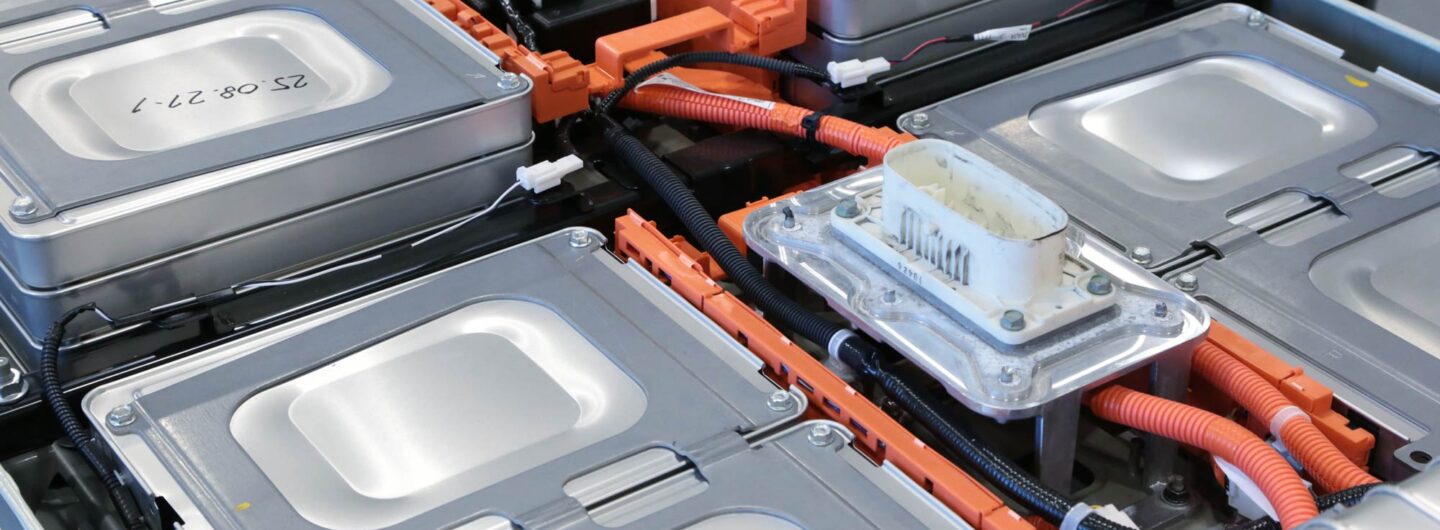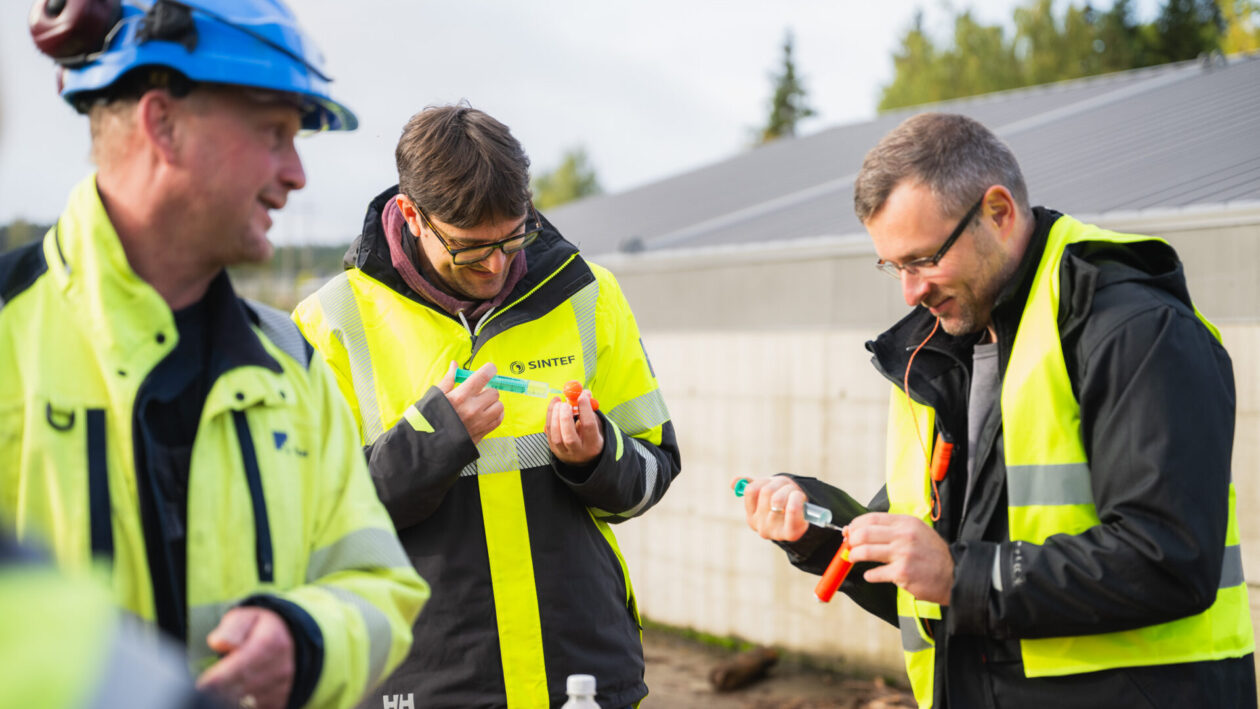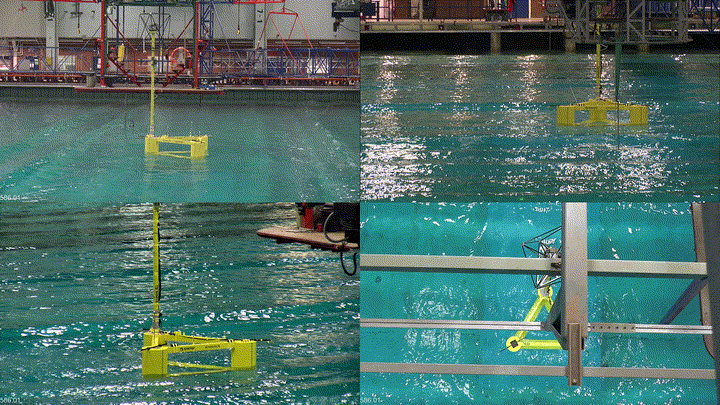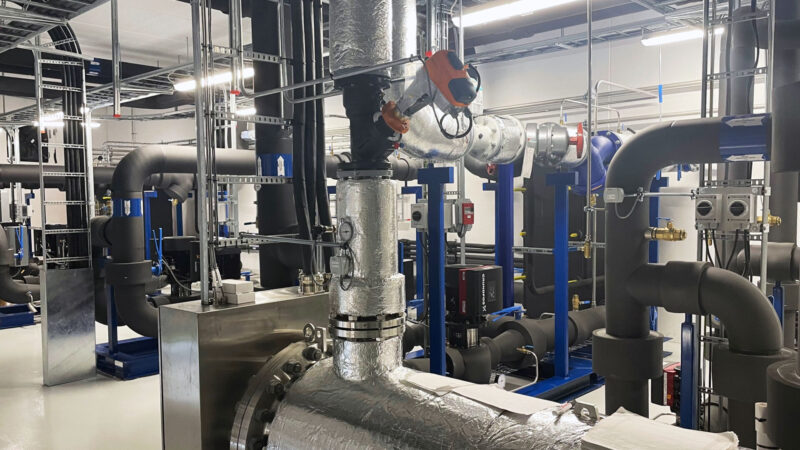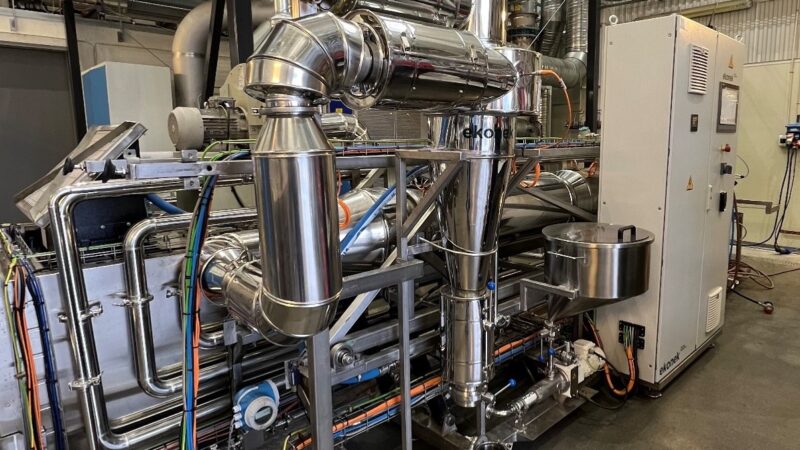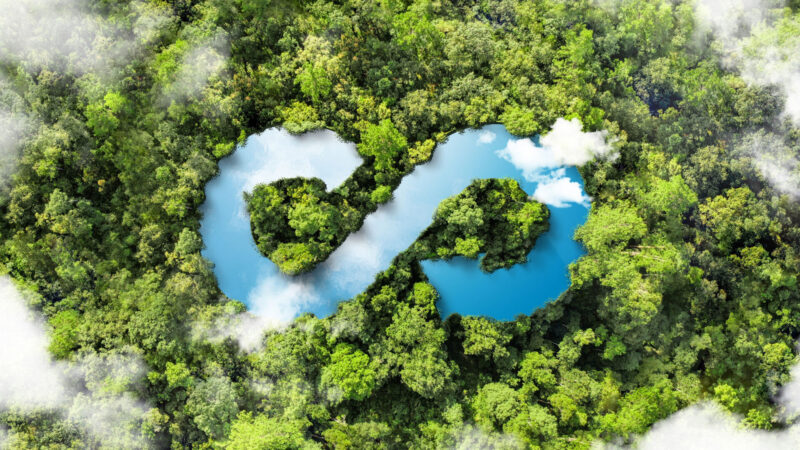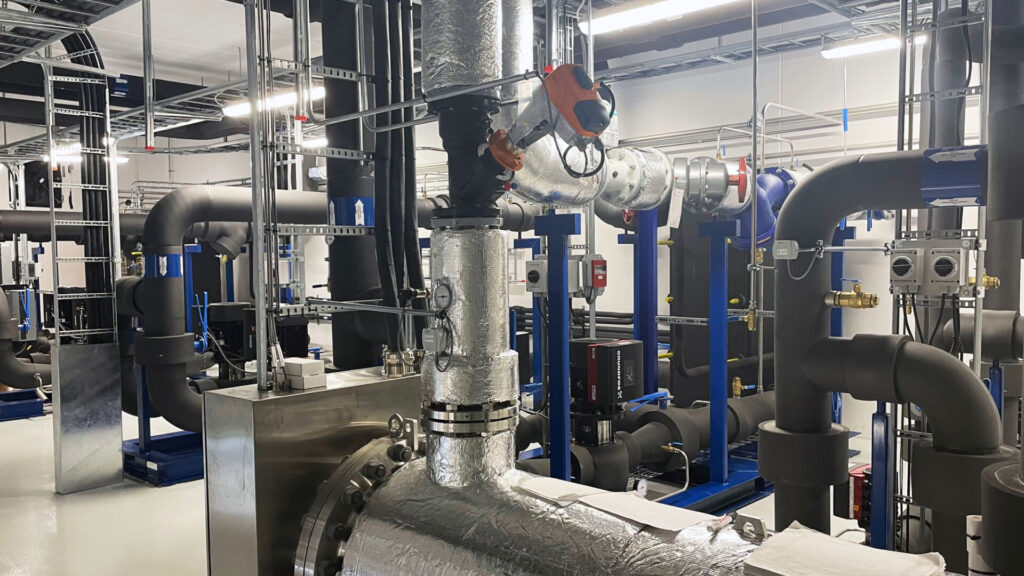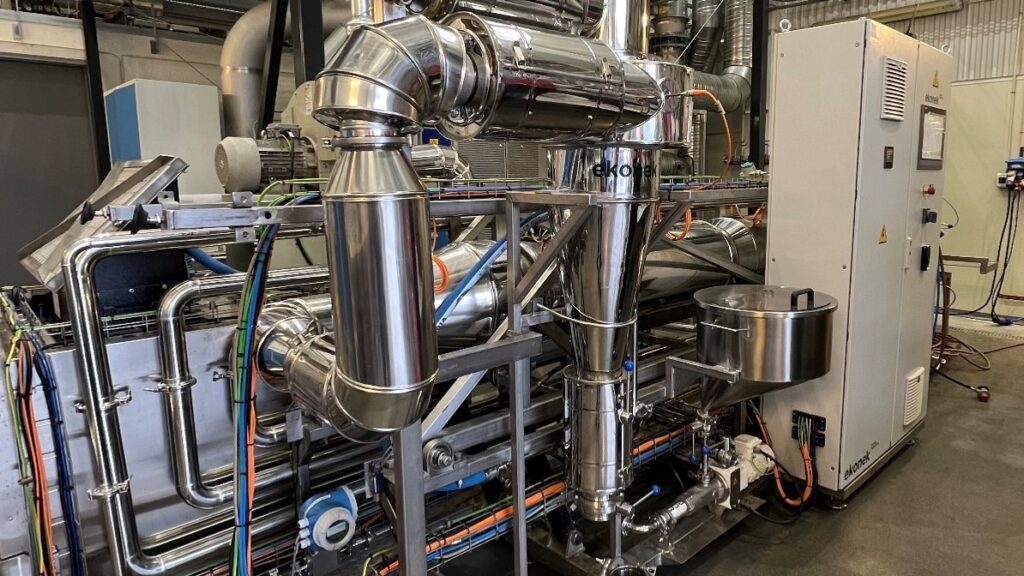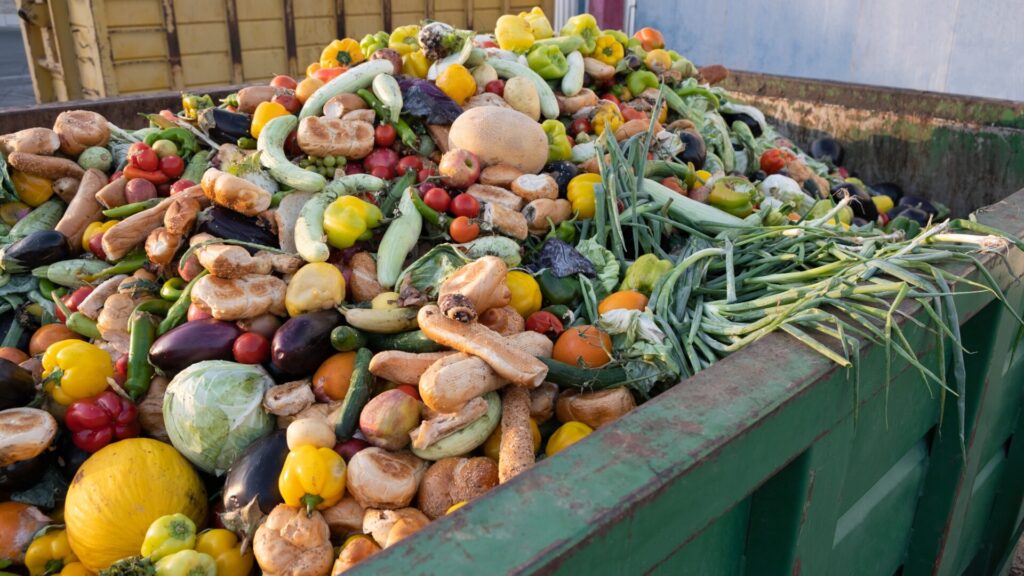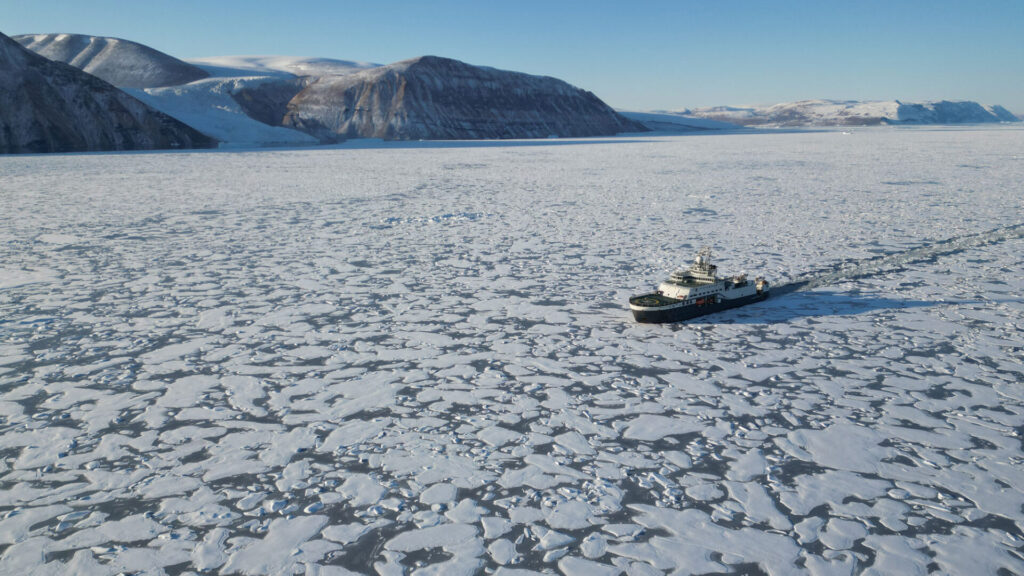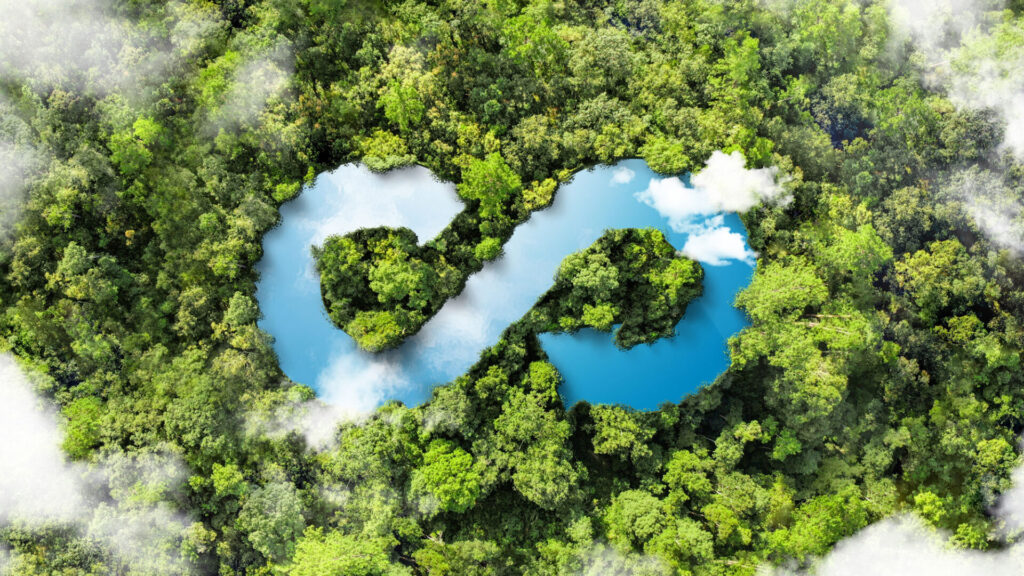Latest Posts
First hydrodynamic tests of a 3×3 floating wind park with shared mooring
The cost and footprint of our future floating wind parks must come down, and being able to share mooring lines and anchors could…
M-Lab: developing the sustainable maritime energy systems of the future
Achieving zero-emission shipping, especially for deep-sea vessels, will rely on innovative solutions for decarbonization. Enter the maritime energy systems laboratory (M-Lab): an experimental high-power test site for advanced and complex energy systems, primarily for ships.
Pulse Spray Drying: Energy-Efficient Production of Food Ingredients
A new lab infrastructure in Trondheim will allow research partners and industry to test pulse spray drying: a novel method that can produce high-quality dehydrated powders more energy-efficient than traditional methods.
What if your garbage had a nutrition facts label?
We throw away a significant amount of food today due to several reasons. But, if your garbage at home had a nutrition facts…
GoNorth 2024: Exploring untouched depths
The GoNorth 2024 expedition has just concluded successfully, with ice and weather conditions favouring the science team throughout the three-week voyage. The data…
What is the potential of bioCCS to deliver negative emissions in Norway?
If we are to achieve our climate goals, we need to remove CO2 from the atmosphere and drastically reduce our current emissions. Bioenergy production with carbon capture and storage (bioCCS) is one way to permanently remove CO2 from the atmosphere. However, while it is expected to be a main component of global climate action, key questions for Norway are: how much biomass is available, and how much can be used for bioCCS?

